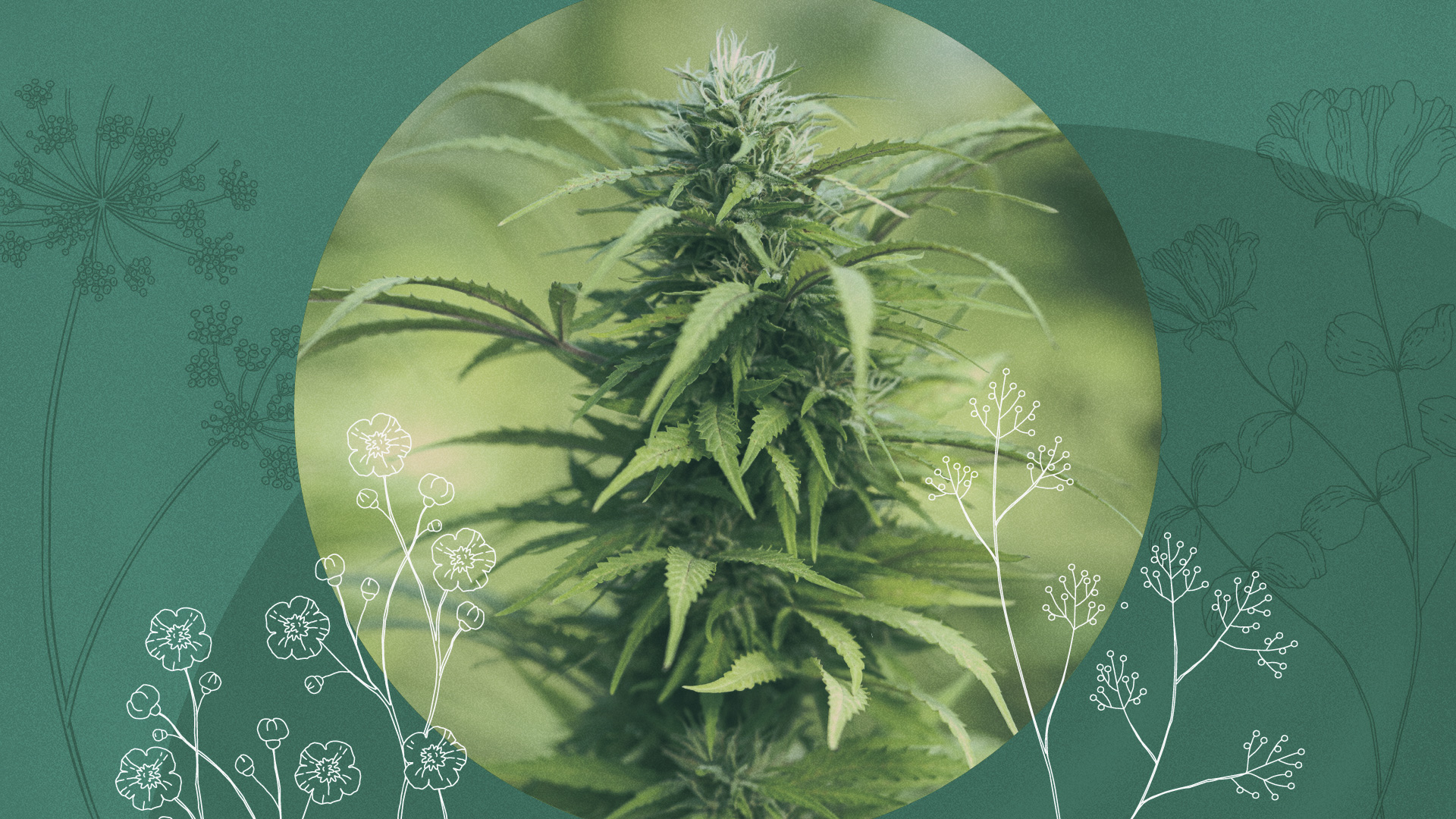
Companion Planting: What Grows Best With Weed
Companion planting is the practice of growing plants together that encourage growth and protect each other from pests. It creates a habitat for beneficial insects and can nourish the soil.
It’s a chemical-free way to control pests that can be found in any garden. This is especially important with plants that we will consume, such as cannabis, tomatoes, etc. In essence, we are growing a natural, pest-repellent garden.
Fun Fact: Many of the pest control products on the market contain the terpenes from plants that we grow in the garden.
Companion planting is also a great way to attract helpful insects to your grow, which naturally deter pests. The beneficial insects that are attracted often feed on pests such as aphids, spider mites and other unwanted visitors to your weed garden.
Companion planting can be practiced both indoors and outdoors in your weed garden.
herbs for companion planting
Herbs are fragrant plants that we use to flavor our dishes. It’s no surprise that many herbs are beneficial for growing in the garden. They attract or deter pests, depending on the aroma of the particular plant.
dill
Dill drives away aphids and spider mites from neighboring plants. It acts as an attractant for aphids and keeps them away from your weed.
It attracts beneficial visitors like butterflies, ladybugs, bees and caterpillars to the garden. Many of these beneficial visitors will eat the aphids and mites, further reducing their numbers.
Dill is a hearty herb that is sown directly into the garden once the threat of frost has passed. Harvest the fern leaf portion of the dill throughout the season. It can be dried or frozen to be used in dishes all year round.
Fun fact: The flowers are an ingredient in making dill pickles.
Towards the end of the season, the flower heads form seeds. Gather the tasty seeds for cooking and save some for next year’s garden (although some seeds fall to the ground and regrow naturally in spring).
Parsely
Parsley makes a great garden companion, encouraging the healthy growth of nearby plants. The herb attracts ladybugs, parasitic wasps and hoverflies to the garden. Hoverflies lay their eggs in the plants, then the hoverfly larvae eat aphids and thrips.
Ladybugs have long been used in the fight against aphids, always an important bug to attract to the garden. They can also be purchased online to release in your indoor weed garden.
Related
How to get rid of pests and small bugs in cannabis plants
Parsley also attracts pollinators to the garden. Swallowtail butterflies lay their eggs on the leaves in the garden. This ensures the activity of the butterflies and helps maintain a healthy garden.
Pinch off the leaves to harvest all season long. Dry the leaves, crumble them and store them in the spice cabinet. Use as a mild multi-purpose seasoning.
coriander
Coriander has a strong aroma that attracts beneficial insects like hoverflies and parasitic wasps to the garden. Attracting beneficial insects to the garden is an effective way to keep aphids, mites and scales at bay.
Coriander is a nitrogen fixer, meaning it naturally adds nitrogen to the soil, which is particularly useful alongside cannabis. You can even make several small coriander plantings throughout the garden to improve soil health.
Start sowing indoors before your last frost or sow directly in the garden. It is a good choice for containers and underground gardens.
Harvest the fragrant leaves often and enjoy them fresh or dried.
The role of “nitrogen fixers” in cannabis gardens
Plants that pull nitrogen into the soil are called nitrogen fixers.
Growing these plants improves the soil in the garden. Beans, peas, yarrow, and cilantro are examples of nitrogen fixers that play an important role in building healthy, nutrient-rich soil.
Cannabis requires nutrients like nitrogen for strong, healthy growth and will benefit from this style of gardening. Much like growing good genetics, the soil you grow plants in plays an important role.
chives
Chives are easy to grow, delicious and natural oils repel numerous pests. The antibacterial and antifungal properties help prevent fungal diseases in the soil.
The flowers attract pollinators like butterflies and bees to the garden. Pollination is not necessary for cannabis flowers, but is important for other plants in your garden and the surrounding area for a healthy bee population.
Every time we can attract bees to our gardens, it creates a stronger ecosystem and helps save the lives of pollinator species.
Chives can be easily grown from seed or by purchasing plants from the greenhouse or garden center. If possible, choose a permanent outdoor location in the garden.
Chives are a perennial plant and come back year after year. They are slow spreading and do best when planted in the ground. Harvest chives and their flowers throughout the season to enjoy fresh or dried.
flowers for companion planting
Growing flowers is a good idea for any garden. They promote healthy gardens by attracting beneficial insects, deterring unwanted pests, promoting pollination and bringing amazing color to your space.
Pro tip: If you want to conceal your cannabis plants, consider growing large sunflower species.
chrysanthemums
Chrysanthemums contain pyrethrin, an ingredient found in many pesticides on the market. Some types of mothers produce a natural chemical that kills soil nematodes. The plants attract parasitic wasps and butterflies to the garden.
These hardy buds deter ticks and attract mites, aphids, and thrips away from cannabis plants.
They prefer dried soil, so be careful not to overwater them. Stake flowers throughout the season to encourage continuous flowering. They will continue to bloom until the onset of frost.
Start sowing seeds indoors, direct sowing seeds to the garden, or buy seedlings from the greenhouse. Chrysanthemums are also a good option for container gardening for indoor growing.
Nasturtium
These hardy plants are very effective at catching aphids. They help keep aphids away from the weeds growing in the garden. The aphids, in turn, attract ladybugs.
Nasturtium flowers are edible and a nice addition to salads.
Start sowing indoors before your last frost or direct sowing directly into the garden. Keep moist to aid germination. Nasturtiums like full to partial sun and thrive in both containers and ground plantings.
cosmos
Cosmos attract beneficial insects, including green lacewings that feed on aphids, thrips, and scales. The buds can get quite large, which is great if you’re trying to hide your weed.
Cosmos do well in drier soils, which is especially useful in hot growing zones. Start the plants from seeds sown directly into the garden and keep moist for best germination. These flowers also grow great in containers if your weed garden is indoors.
yarrow
Yarrow attracts bees, hoverflies, ladybugs, and predatory insects that eat aphids. They return nutrients to the soil and improve drainage.
You can start sowing yarrow six weeks before the last frost. Start in the same potting soil you grow your cannabis plants in, they require the same care as any indoor weed.
Once established, plants are incredibly hardy and thrive in all growing areas.
Plan ahead for success
Using a combination of herbs and flowers we can create a garden that is chemical free, grows great weed and contributes to the local ecosystem. Companion plants in a home garden help reduce pests for healthier cannabis plants. As with growing plants, planning is essential. Select companion plants ahead of time to ensure you’re armed with everything you need for a beautiful garden.
Redavna Kalynchuk
Redawna Kalynchuk is a freelance writer, photographer and visual storyteller based in Alberta. Her passion for cannabis stems from years of cannabis gardening and making incredible infusions. So you can grow, cook and share!
Check out Redavna Kalynchuk’s articles
By submitting this form, you are subscribing to Leafly news and promotional emails and agreeing to Leafly’s Terms of Service and Privacy Policy. You can unsubscribe from Leafly email communications at any time.





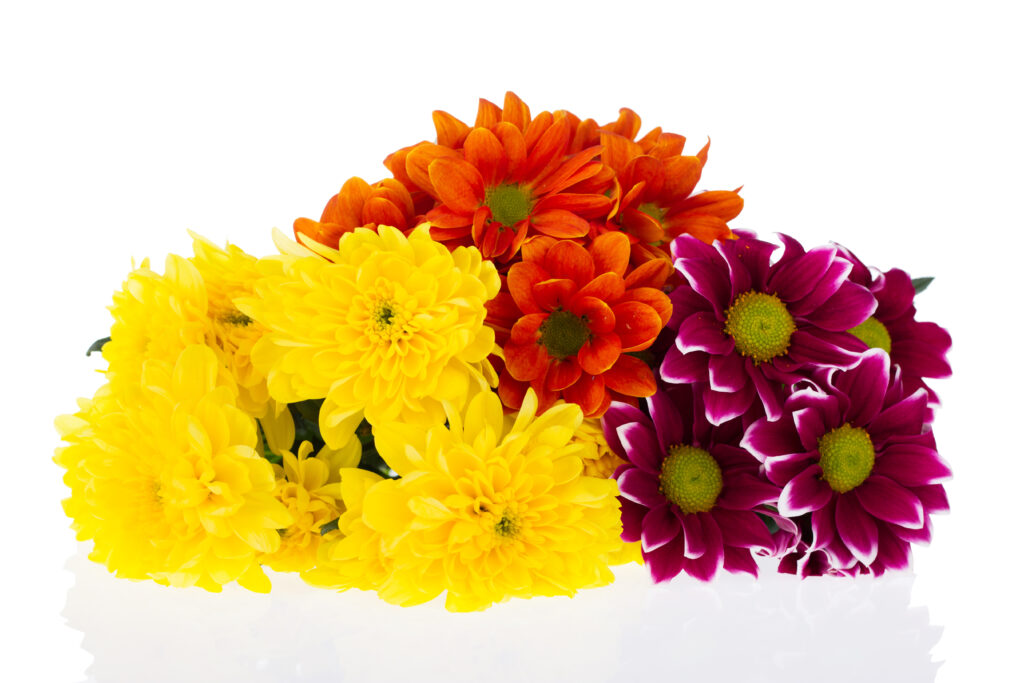
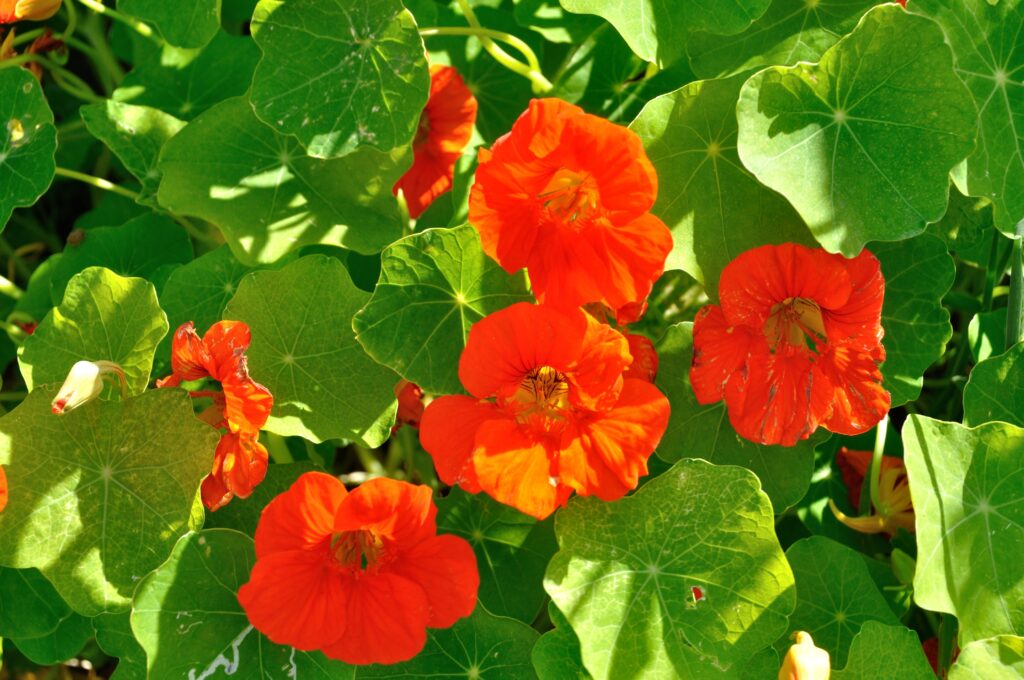
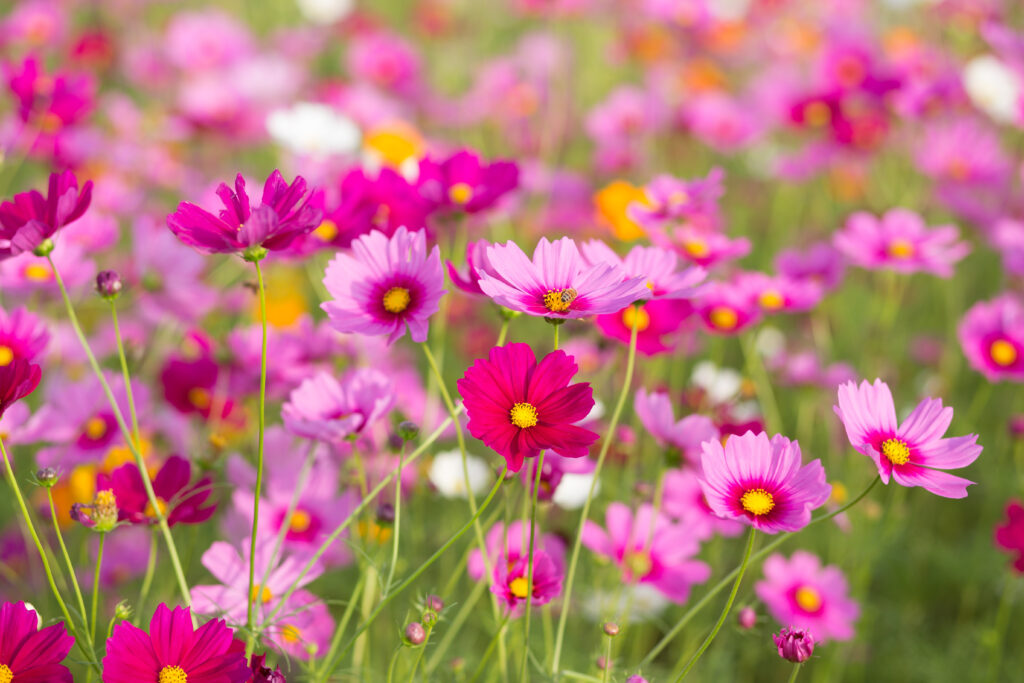
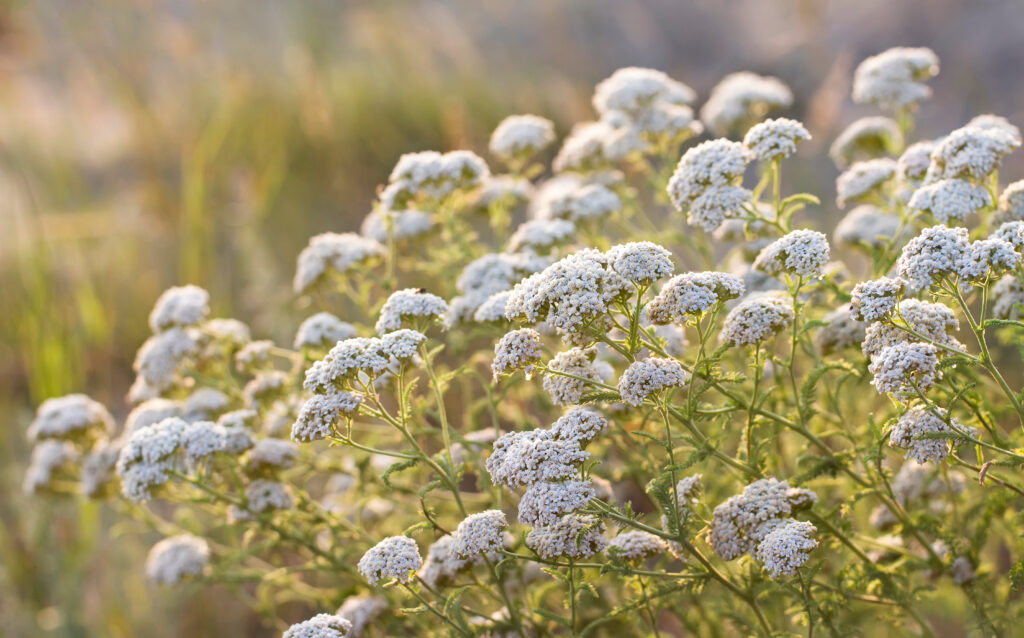
Post a comment: